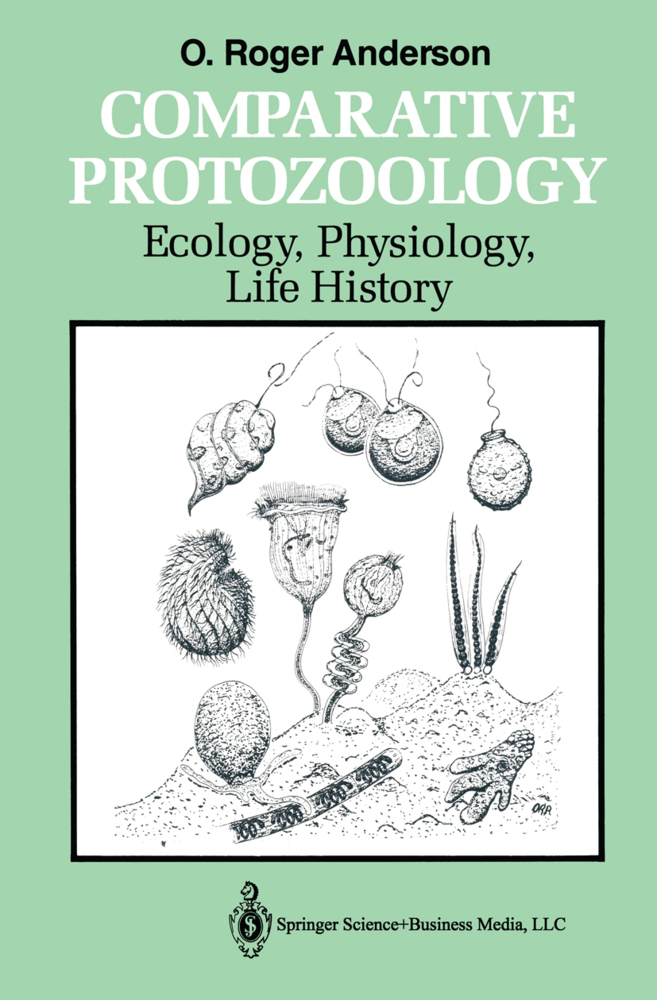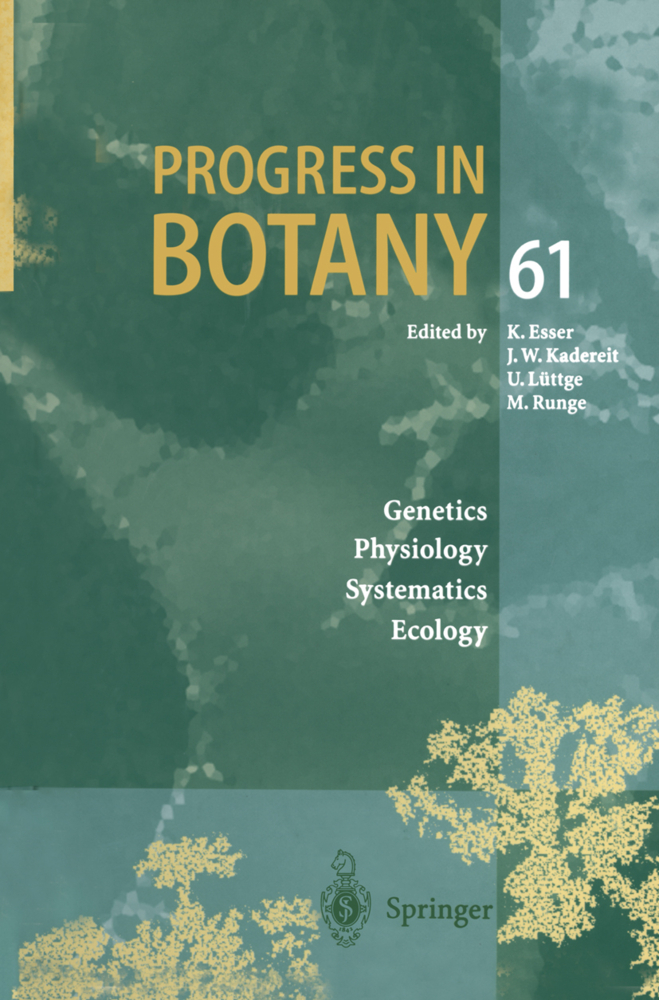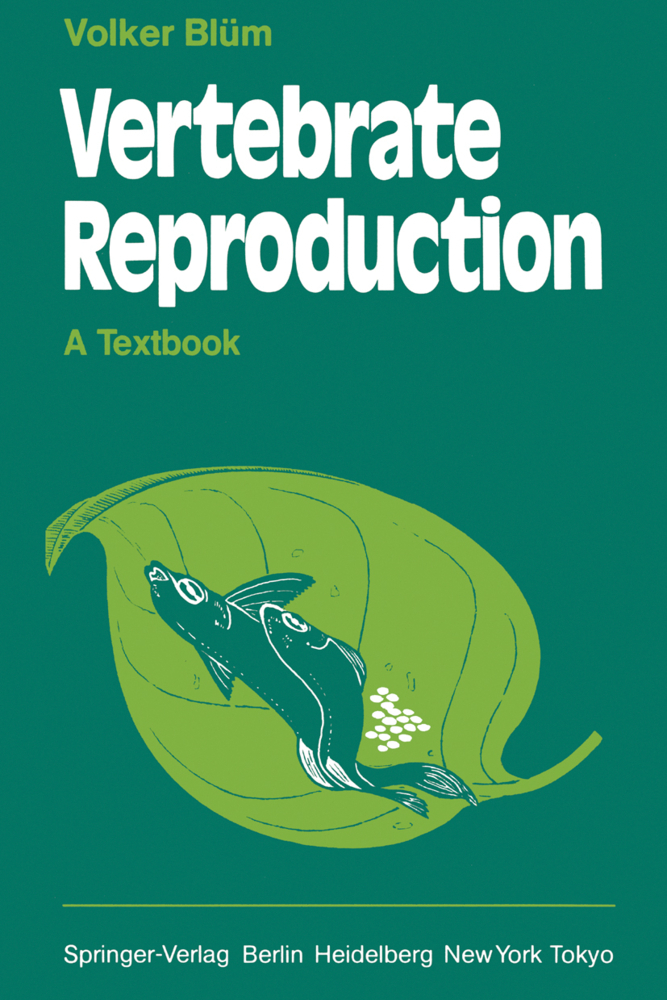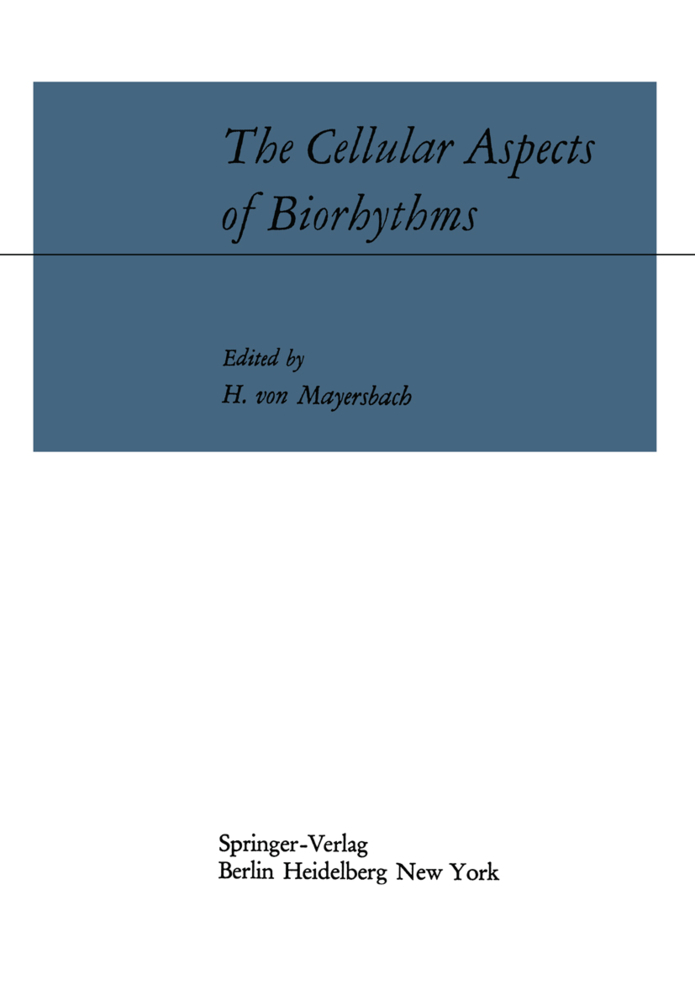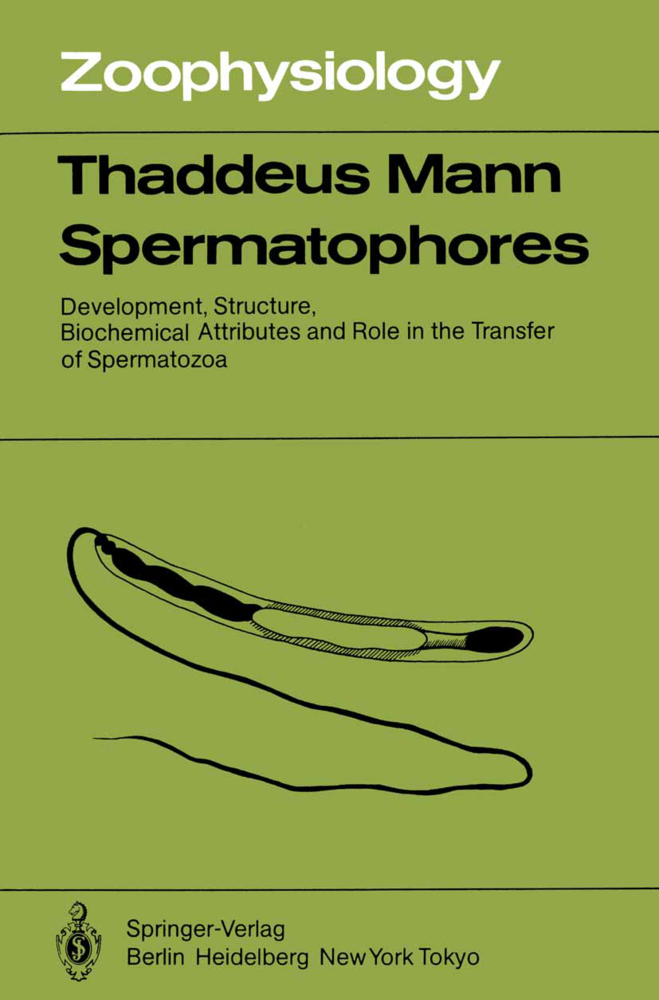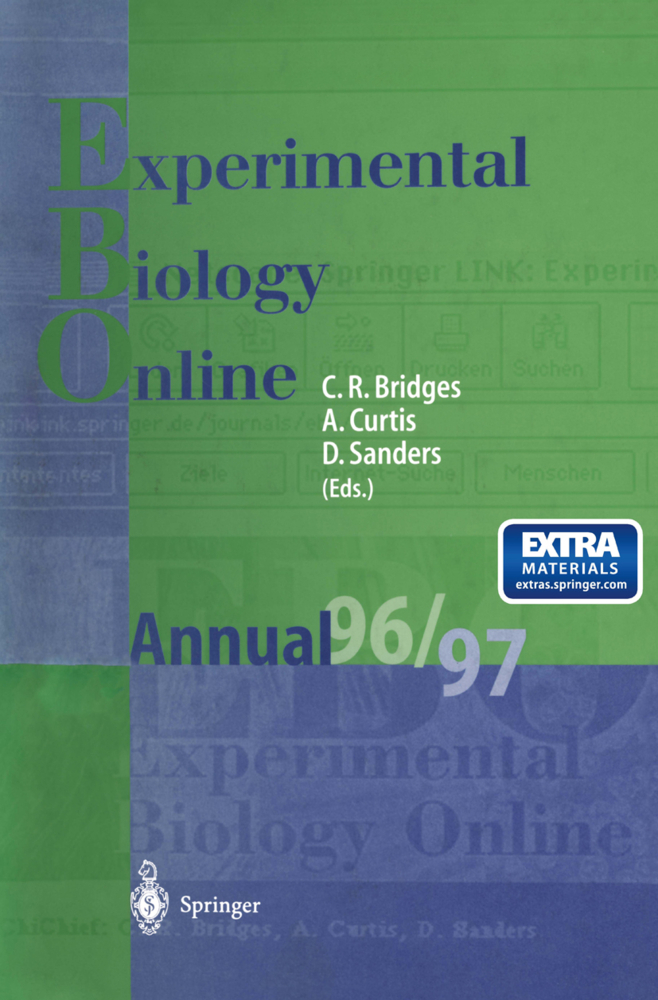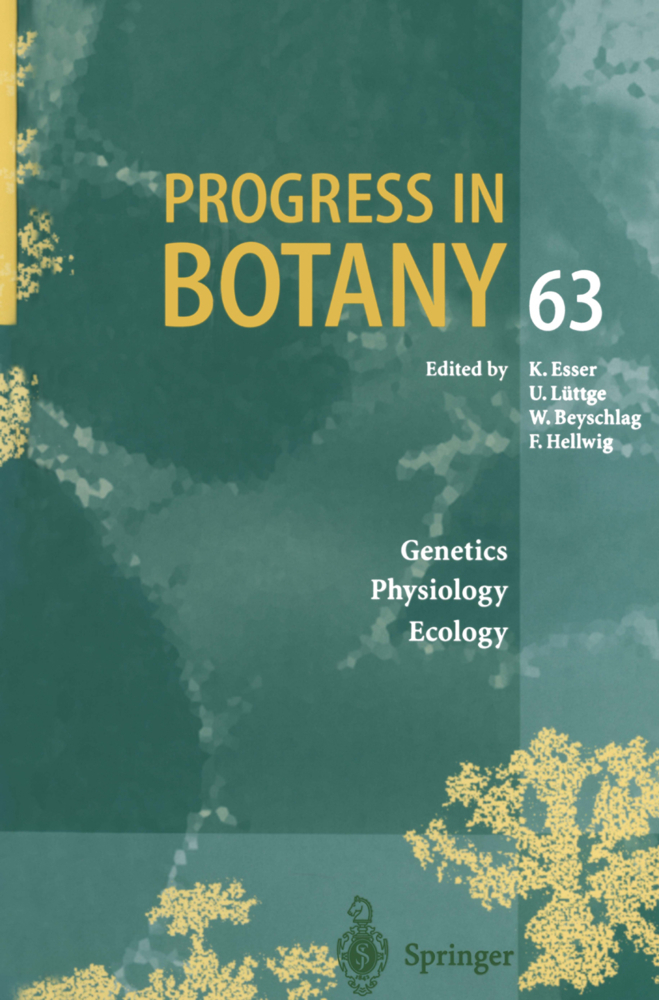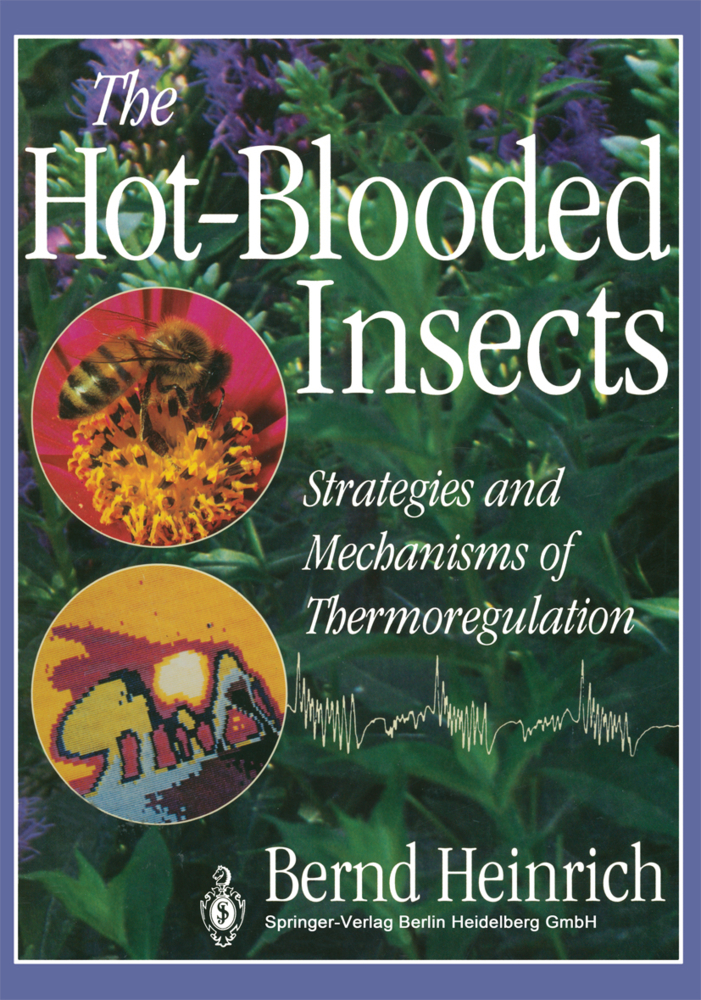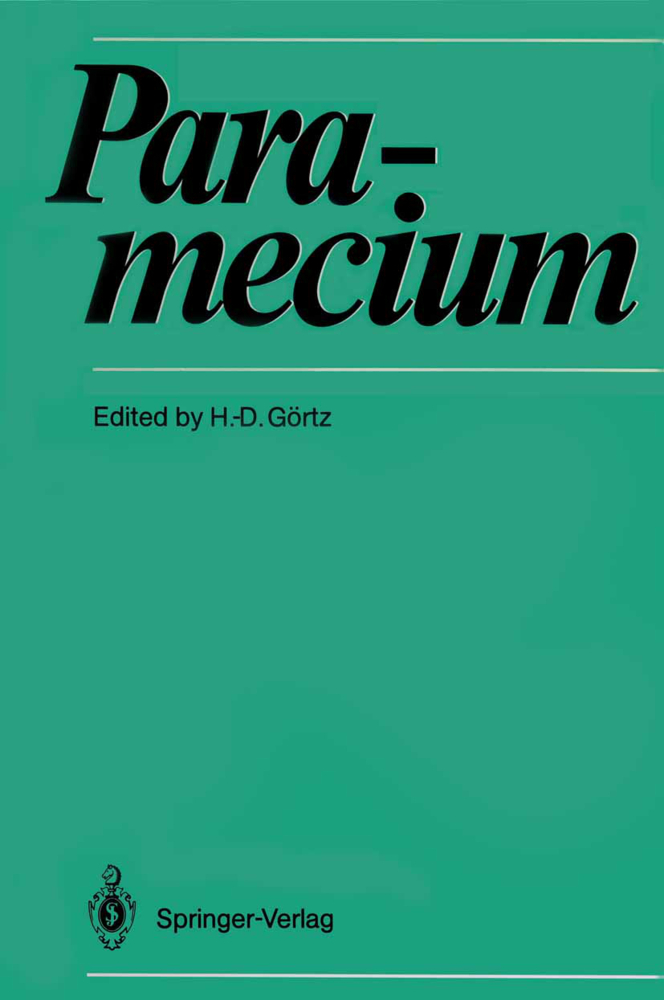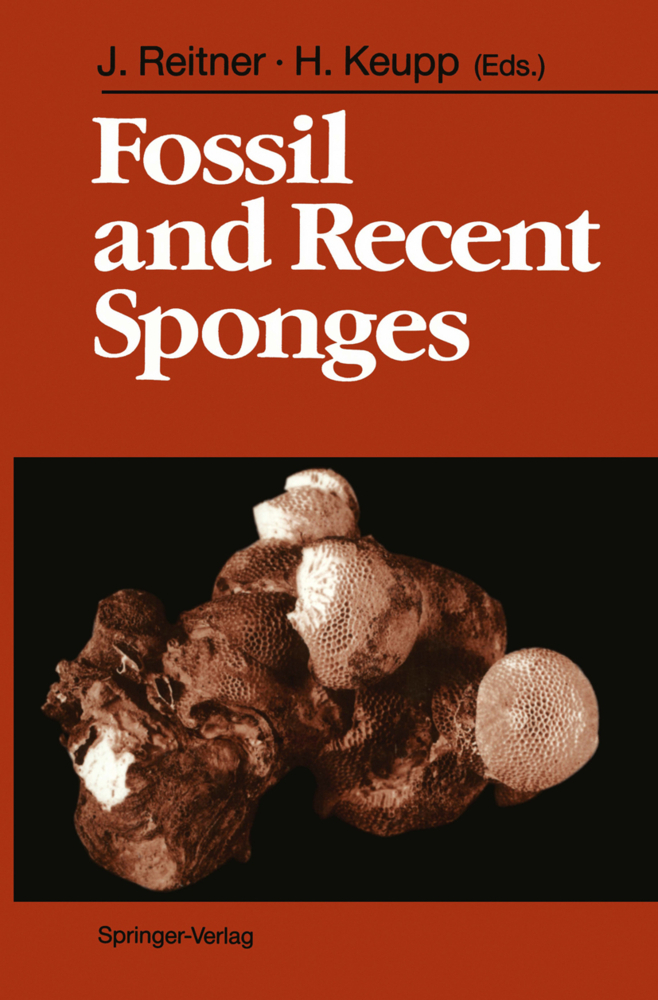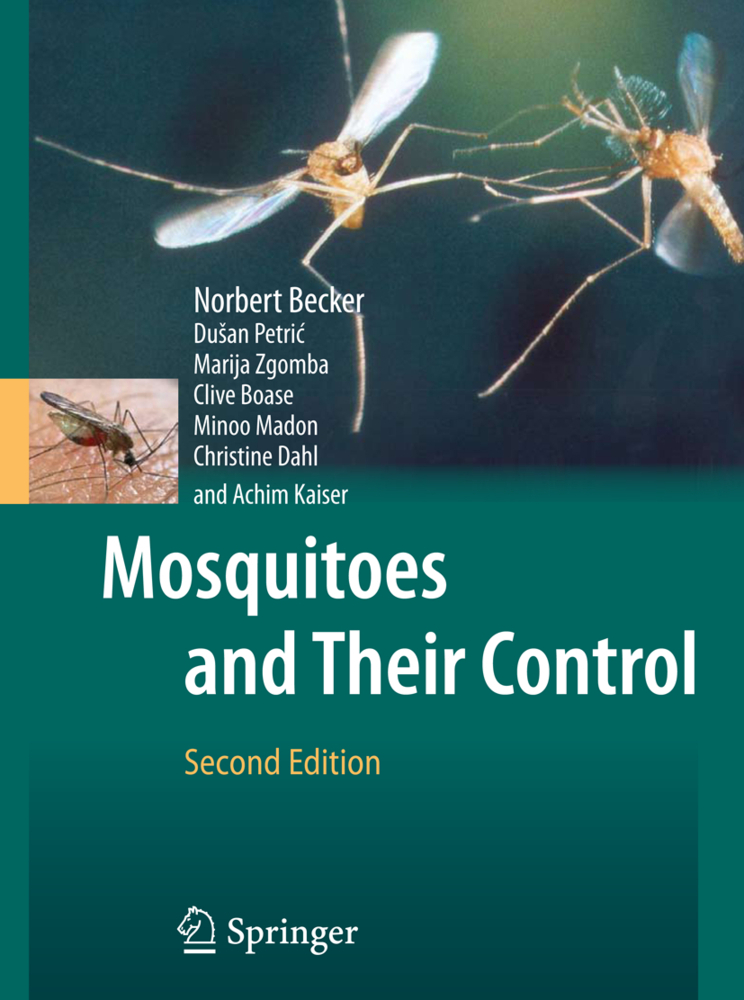Comparative Protozoology
Ecology, Physiology, Life History
Comparative Protozoology
Ecology, Physiology, Life History
The protozoa are an eclectic assemblage of organisms encompassing a wide range of single-celled and multiple-celled colonial organisms lacking tissue organiza tion, but exhibiting remarkably refined biological behavior. In some modern classifications, they are classified as a subkingdom among the Protista (eukary otic single-celled organisms). Although they are not considered a formal cate gory by some taxonomists and some biologists consider the name inappropriate (inferring that they are the first unicellular animals, although some photosynthe size), it is still convenient to consider this group of organisms as an informal collection under the heading of protozoa. Their cosmopolitan distribution, sig nificant ecological role in mineral recycling and enhancement of carbon flow through lower trophic levels of food webs, and remarkable cellular adaptations to enhance survival in diverse environments make them significant organisms for biological investigation. In some cases, biologists are introduced to this group in first level courses or in invertebrate zoology, but never develop a full appreciation for the diverse and biologically sophisticated characteristics of these organisms. This book is intended as a survey of broad concepts in protozoan biology with an emphasis on comparative data. The focus is on the zoological aspects of the group. Topics more closely related to plantlike characteristics, as presented in books on phycol ogy, are not considered in detail here. A sound background in modern biology and an introduction to cellular biology will be helpful in understanding Chapters 15 and 16, which include a substantial amount of information on biochemistry.
2 The Flagellates (Phylum: Sarcomastigophora; Subphylum: Mastigophora)
3 Some Perspectives on the Habitats and Comparative Ecology of Flagellates
4 Amoebae and Their Relatives (Phylum: Sarcomastigophora; Subphylum: Sarcodina)
5 Some Comparative Perspectives on the Ecology and Habitats of Sarcodina
6 Ciliates (Phylum: Ciliophora)
7 Perspectives on Ciliate Ecology
8 General Perspectives on Protozoan Ecology
9 Human Parasitic Protozoa
Section II Functional Microanatomy
10 General Principles of Cell Fine Structure
11 Protozoan Fine Structure and Functional Microanatomy
12 Comparative Microanatomy of Flagellates
13 Fine Structure of Amoebae and Their Relatives
14 Fine Structure of Ciliates
Section III Physiology and Life Processes
15 Basic Biochemistry and Physiology
16 Nutrition
17 Respiration and Osmoregulation
18 Motility
19 Reproduction
20 Life Cycles and Genetic Continuity
References
Genera and Species Index.
Section I Morphology and Ecology
1 The Protozoa in Broad Perspective2 The Flagellates (Phylum: Sarcomastigophora; Subphylum: Mastigophora)
3 Some Perspectives on the Habitats and Comparative Ecology of Flagellates
4 Amoebae and Their Relatives (Phylum: Sarcomastigophora; Subphylum: Sarcodina)
5 Some Comparative Perspectives on the Ecology and Habitats of Sarcodina
6 Ciliates (Phylum: Ciliophora)
7 Perspectives on Ciliate Ecology
8 General Perspectives on Protozoan Ecology
9 Human Parasitic Protozoa
Section II Functional Microanatomy
10 General Principles of Cell Fine Structure
11 Protozoan Fine Structure and Functional Microanatomy
12 Comparative Microanatomy of Flagellates
13 Fine Structure of Amoebae and Their Relatives
14 Fine Structure of Ciliates
Section III Physiology and Life Processes
15 Basic Biochemistry and Physiology
16 Nutrition
17 Respiration and Osmoregulation
18 Motility
19 Reproduction
20 Life Cycles and Genetic Continuity
References
Genera and Species Index.
Anderson, Orvil Roger
| ISBN | 9783662113424 |
|---|---|
| Artikelnummer | 9783662113424 |
| Medientyp | Buch |
| Auflage | Softcover reprint of the original 1st ed. 1988 |
| Copyrightjahr | 2013 |
| Verlag | Springer, Berlin |
| Umfang | 482 Seiten |
| Abbildungen | XII, 482 p. 80 illus. |
| Sprache | Englisch |

